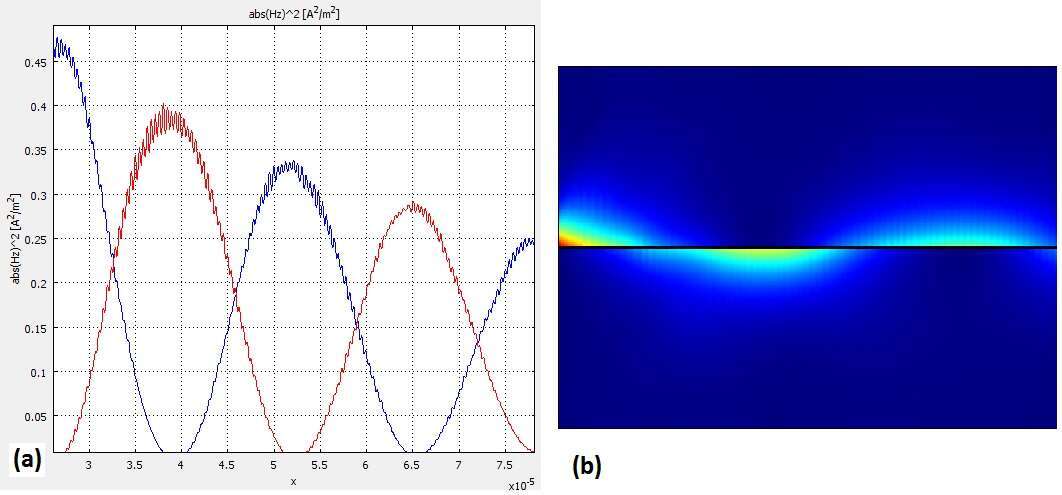
The Plasmonic Insulator-Metal-Insulator as a Two-level System
The plasmonic Insulator-Metal-Insulator (IMI) waveguide has been extensively investigated in the last decade, both in the scope of a planar and stripe plasmonic waveguides. The standard analysis assumes two plasmonic modes of propagation in this waveguide – the symmetric and antisymmetric modes, also known as the long-range and short-range surface plasmons. The property of a system to exhibit such symmetric and antisymmetric modes is not unique to the IMI waveguide, and can be observed in a variety of physical systems. Among these are quantum two-level systems, Fano resonances, coupled waveguides, hybridized nanoparticles systems, nonlinear three-wave-mixing optical processes, and many more. In these systems, an alternative approach to the symmetric and antisymmetric supermodes is often used to describe its dynamic evolution. This is accomplished by a representation of the system as a superposition of the symmetric and antisymmetric eigenmodes. However, up until know this powerful approach was not used to describe the propagation dynamics of the plasmonic IMI waveguides.
In this work, we revisit the plasmonic IMI system and show that it can be fully described by two different modes, which can be excited individually at the two insulators’ sides. We present a full theoretical and numerical analysis of the behavior of the IMI system in this description, and show that it exhibits the well-known behavior of two coupled waveguides. COMSOL simulations of this behavior is presented in Fig.1 for a BK7-Ag-BK7 plasmonic waveguide which is excited by one of these modes, and the energy transfer between the two modes.

Fig.1: COMSOL simulations of (a) cross section of plasmonic intensity in the upper (blue) and lower (red) interfaces, (b) magnetic field intensity distribution along the waveguide.
We believe that this new approach and understanding of the plasmonic IMI waveguide can lead to new and exciting applications, such as plasmonic-based directional couplers, switches, adiabatic energy conversion and more.
Powered by Eventact EMS